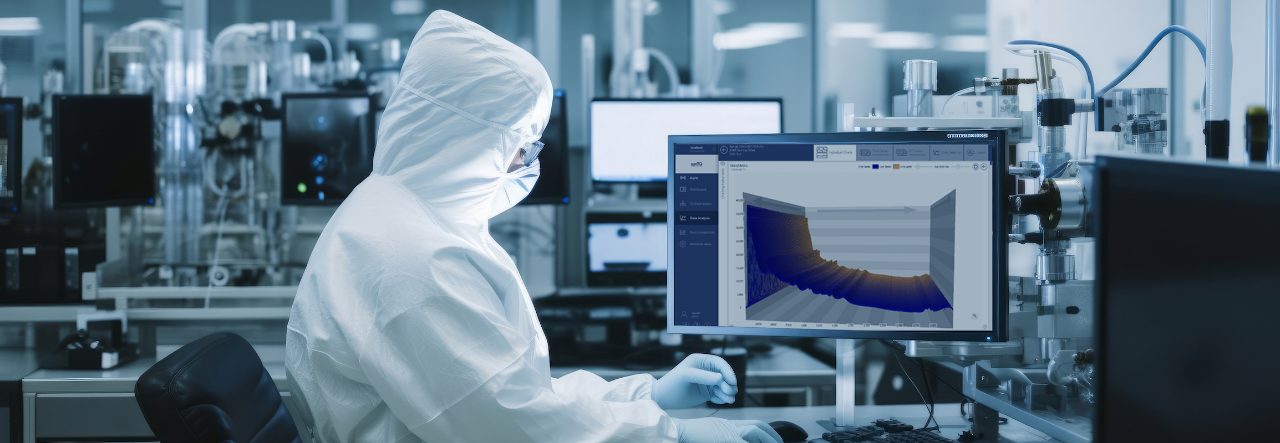

PAT for Digitalizing Laboratories
PAT for Digitalizing Laboratories
For pharmaceutical and other process industries, there has been rapid growth in Industry 4.0 and Digital Transformation projects. These initiatives transform process and product data into useful, insightful information and knowledge in order to drive the improvement of business profitability and product quality. As these projects are best applied from beginning to end, the move towards smart R&D and analytical laboratories is becoming imperative.
Process Analytical Technology (PAT) has traditionally been applied to production processes, however, as the transition towards fully digitalized projects and product lifecycles is made, it should ideally be applied earlier in the R&D stages. PAT is a key feature of Industry 4.0 and digital transformation projects and shares common requirements and objectives with smart laboratories. The technology meets the complex demands required by these laboratories. For all aspects of manufacturing – from R&D to production – the acquisition of accurate, real-time, quality data together with meta data for the whole of a product’s lifecycle is necessary to achieve an effective digital transformation. If the data cannot be relied on, any digital transformation will fail.
As well as the benefits brought to production, automating laboratory tasks can also bring about significant financial savings, as can the automated non-invasive acquisition of traceable and GMP-compliant data, with associated meta data.
The data gathered in these laboratories forms a key source of information that underpins the digitalization infrastructure. It delivers quality and financial benefits throughout the lifecycle of the product.
Knowledge management is pivotal to successfully implement PAT and smart laboratory concepts and to connect the disparate instruments and data sources.
PAT knowledge management can be leveraged for smart laboratories in the following ways:
Instrumentation:
- Multiple univariate and multivariate instrumentation connectivity
- Bidirectional connections to instruments
- Real-time quality measurements
- Automated data integrity
- GMP compliance with otherwise non-compliant instruments
User workflows:
- Easily configured workflows with templating
- Addition of meta data to workflows
- Real-time and historic data views
- Share standard workflows across the globe in a controlled and traceable way
Other functionality:
- Actions from free entry to double signature
- Automated repetitive functions: Cyber Physical Systems
- Multi-user capability
- Regulatory compliance
- Data analytics
System operation:
- Run on multiple platforms and operating systems from Automation Level 1 to the Cloud
- Fully scalable from a small system to a global enterprise
- Gather data from univariate instruments with simple voltage and current outputs
- Control system (PLC/DCS) remote I/O integration
- Integration with many 3rd party packages such as SCADA, MES, LIMS, Historians, Analytics Engines
Benefits
The potential benefits include:
- All experimental data is GMP compliant and of direct commercial value
- All generated IP is GMP compliant and so can be used in manufacturing
- Dramatic reductions in waste and rework
- Dramatic increases in laboratory repetitive task efficiency
- Reduced analytical laboratory quality testing costs
- Reductions in human errors through automated data integrity


